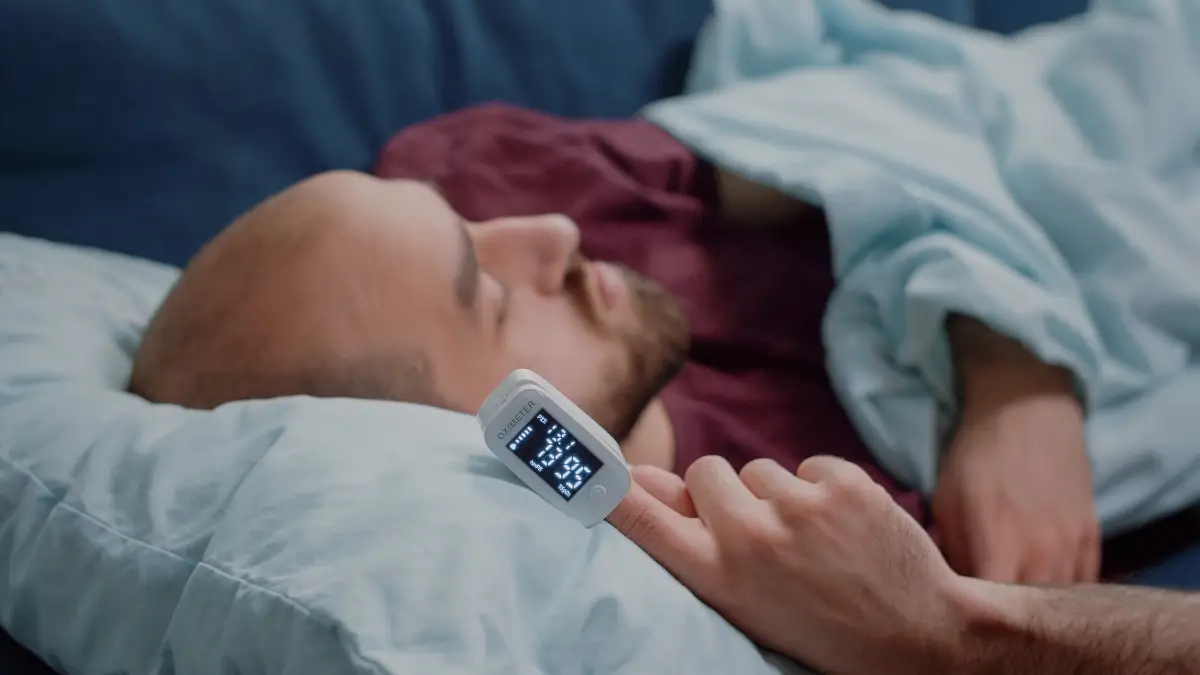You’re grinding in the weight room, chasing new personal records, but something feels off. Your lifts are stalling, you’re constantly tired, and that hard-earned muscle seems to be getting softer.
The old gym myth that “cardio kills gains” keeps echoing in your head, and you’re starting to believe it. It’s not just a myth; doing cardio the wrong way can absolutely sabotage your progress. The real fight isn’t between you and the treadmill, but a war happening inside your muscle cells between “build” and “burn” signals.
This guide cuts through the noise. You’ll learn the seven critical warning signs that your cardio is making you weaker and get a simple, science-backed playbook to turn it into your greatest ally for getting stronger.
1. Your Lifts Are Stuck or Going Backward

You’ve stopped making progress in the gym. Your squat, bench press, and deadlift haven’t gone up in weeks or even months. Even worse, weights you used to handle now feel incredibly heavy, and you might have to lift less.
This is the clearest sign you’re overtrained. Your body is breaking down more muscle than it’s building. Your nervous system is tired, so it can’t tell your muscles to lift hard.
Take a “deload” week. This means you cut your training volume and intensity in half for both lifting and cardio. This break gives your nervous system a chance to recover so you can start making progress again.
2. You Have “Heavy Legs” and Are Always Tired

This is more than just normal muscle soreness. Your legs feel slow and heavy all the time, even on days you don’t train them. You also feel tired all day. You wake up feeling exhausted after a full night’s sleep and have no motivation to train.
Your muscles aren’t recovering, and their energy stores are always low. Your muscles use a fuel called glycogen for heavy lifting. If you do hard cardio too close to your lifting sessions, your muscles don’t have time to refuel.
Put more time between your hard workouts. It’s best to separate cardio and strength sessions by at least 3-6 hours. An even better idea is to give yourself a full 24 hours between them, especially for leg workouts. Don’t do hard cardio the day before or the day of a heavy squat session.
3. Your Sleep is Awful & Your Resting Heart Rate is High

Even though you’re exhausted, you can’t fall asleep. You toss and turn all night and wake up feeling like you haven’t rested at all. If you use a fitness tracker, you might see two red flags: your resting heart rate is 5-10 beats higher than normal, and your heart rate variability (HRV) is much lower.
Too much exercise puts your body in “fight or flight” mode. This raises your stress hormones, like cortisol, which messes with your sleep. A high resting heart rate and low HRV are clear signs that your body isn’t recovering properly.
Make sleep your top priority. Get 7-9 hours of quality sleep each night. Go to bed and wake up at the same time every day. Avoid caffeine and alcohol before bed, and turn off screens an hour before you sleep. Use your heart rate data as a guide. If it shows you’re not recovered, swap a hard workout for a light walk.
4. You Have Nagging Aches and Get Sick All the Time

Small aches in your knees, shoulders, or lower back never go away. You also find yourself catching every cold that goes around.
Overtraining attacks your body in two ways. First, the combination of high-impact cardio like running and heavy lifting can cause overuse injuries in your joints. Second, high levels of the stress hormone cortisol weaken your immune system, making you more likely to get sick.
Switch to low-impact cardio. Instead of running, try cycling, rowing, or pushing a sled. These activities cause less muscle damage and are easier on your joints.
5. You’re Irritable, Anxious, and Have No Motivation

Your mood is all over the place. You might feel irritable or anxious for no reason. The fun you used to get from training is gone, and now it feels like a chore. You might even feel confused or depressed.
Overtraining affects your brain. The constant stress messes with the part of your brain that controls your stress response. This can throw off the chemicals that regulate your mood.
Schedule at least one full rest day each week. Do not do any intense exercise on this day. Instead, do things that help your body relax, like walking in nature, meditating, or gentle stretching.
6. Your Hormones Are a Mess (The Invisible Sign)

You might not notice this without a blood test, but there can be small signs. For men, it might be a lower sex drive. For women, the biggest sign is a change in their menstrual cycle, like irregular periods or no periods at all.
This is one of the most serious effects of overtraining. The constant stress raises your cortisol levels. High cortisol breaks down tissue, including muscle. It can also lower key muscle-building hormones like testosterone. In women, high training stress combined with not eating enough can shut down the reproductive system.
If you think you have a hormone issue, especially with your period, see a doctor. You also need to make sure you’re eating enough calories. Big calorie deficits are a major trigger for these problems.
7. You’re Becoming “Skinny-Fat”

You’re doing hours of cardio and the number on the scale might be going down, but you look “softer” in the mirror. You’re losing muscle definition but holding onto body fat, especially around your stomach.
This is the worst-case result of a bad training plan. It happens for a few reasons. First, the bad hormone environment (high cortisol) causes you to lose muscle. Second, high cortisol tells your body to store fat around your organs. Third, being so tired from cardio means you can’t lift hard enough to keep your muscle.
Make lifting weights your main focus. It’s the most important thing for keeping and building muscle. If you do cardio and weights in the same workout, always lift first. This way, you have the most energy for the workout that builds muscle.
| Table 1: Are You Overtrained? A Quick Checklist | |||
| Sign | What It Feels Like | The Science in 1 Sentence | Your First Action Step |
| 1. Performance Stagnation | “My squat has been stuck for two months and now it feels heavier.” | Your body is breaking down muscle instead of building it because your nervous system is tired. | Take a 1-week deload, cutting your total training volume by 50%. |
| 2. Pervasive Fatigue | “My legs always feel heavy, and I wake up tired even after 8 hours of sleep.” | Your muscles aren’t recovering and their energy stores are always empty. | Separate your hardest cardio and leg workouts by at least 24 hours. |
| 3. Poor Sleep & Biometrics | “I can’t fall asleep, and my watch shows my resting heart rate is up.” | Your body’s “fight or flight” system is stuck on, which ruins your sleep and recovery. | Make sleep a priority and use your heart rate data to know when to take it easy. |
| 4. Nagging Pains & Colds | “My knee always aches, and I’ve had two colds in the last three months.” | You have too much stress on your joints and a weak immune system from high cortisol. | Switch from high-impact cardio (running) to low-impact (cycling, rowing). |
| 5. Mood Disturbances | “I’m irritable, have no motivation, and the gym feels like a chore.” | The constant stress is messing with the mood-control center in your brain. | Schedule at least one full rest day each week with no hard training. |
| 6. Hormonal Havoc | “My sex drive is low (male) or my period is irregular/missing (female).” | The extreme energy drain is shutting down your muscle-building and reproductive hormones. | Make sure you are eating enough food and see a doctor if problems continue. |
| 7. Becoming “Skinny-Fat” | “I’m losing weight but look softer and less defined in the mirror.” | You are losing muscle and keeping fat, which is making your body composition worse. | Make lifting weights your priority and always do it before cardio in a workout. |


